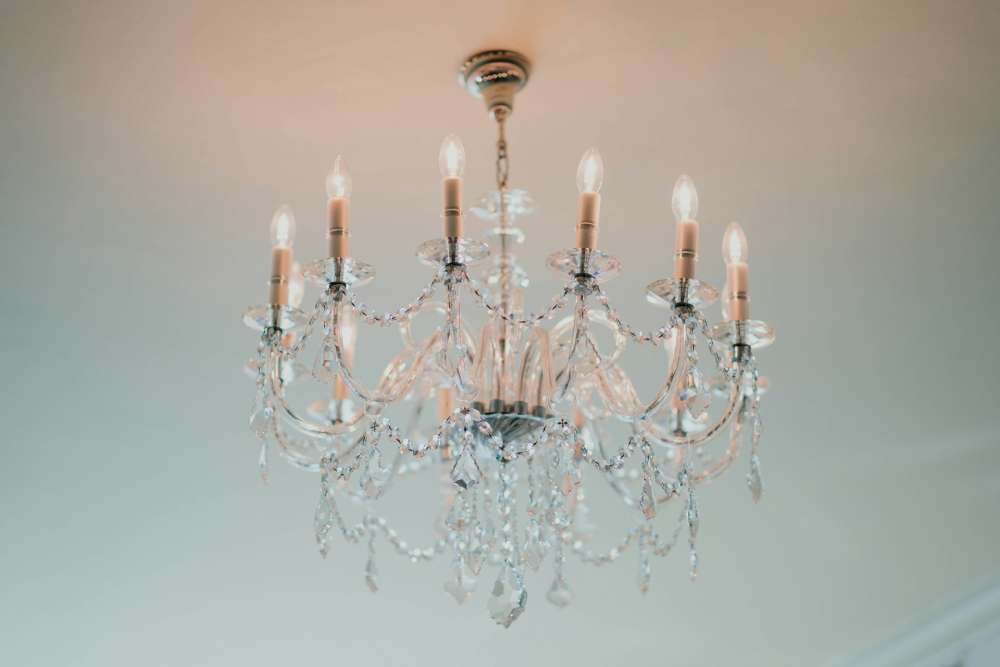Chandeliers have evolved from simple candle holders of medieval times into elaborate fixtures that serve as centerpieces in homes, places of worship and great halls. The materials used in chandelier design determine their aesthetic appeal, their durability and the quality of light they emit.
Contemporary Materials
Wood
Wood brings a natural element to chandelier design, offering a rustic or Scandinavian simplicity that is increasingly popular in modern interiors. Designers may use reclaimed wood to make a chandelier farmhouse style or choose hardwoods like oak and walnut for their natural beauty and strength.
Acrylic
Acrylic and other synthetic materials provide a lightweight and often less expensive alternative to traditional chandelier materials. They can be molded into various shapes and finished in a variety of colors, allowing for bold, avant-garde lighting designs that are both colorful and practical.
Fabric
Fabric shades are sometimes used in chandelier design to soften the light and add a layer of texture to interiors. These can range from sheer organza to rich velvets, affecting both the quality of light and the tone of the room.
Traditional Materials
Crystal
Crystal is synonymous with classic chandeliers, known for its sparkling effects. The use of crystal dates back to the 17th century, with lead crystal being prized for its high refractive index.
Glass
Glass is a versatile material used in chandeliers to provide a cleaner and more contemporary look than crystal. Murano glass, originating from the Venetian island of Murano, is known for its vibrant colors and intricate shapes, crafted using traditional techniques that result in each piece being a unique work of art.
Metal
Metal is the foundation for many chandeliers, providing structure and durability. Brass, bronze and iron are traditional choices, often used in ornate, vintage designs. Metals can be finished in various ways—polished, brushed or antiqued—to complement different decor styles. Modern chandeliers also use stainless steel and aluminum for a more streamlined, contemporary feel.
Specialty Materials
Antler
Antler chandeliers, often made from naturally shed deer or elk antlers, bring a rustic charm to settings such as lodges or country homes. They are a nod to nature-inspired design, combining the outdoors with interior luxury.
Recycled Materials
Innovative designers are turning to recycled materials to create chandeliers that are both beautiful and environmentally friendly. Old bottles, bicycle chains and industrial scraps have been transformed into artistic light fixtures, reflecting a commitment to sustainability within the design community.
Considerations for Choosing Chandelier Materials
Room and Purpose
Crystal and glass emit a clean, bright light suitable for lively social areas like dining rooms and living rooms, whereas wood and fabric might be better suited for spaces that require a softer, more subdued atmosphere.
Maintenance and Durability
Some materials require more care than others. Crystal needs regular cleaning to maintain its sparkle, while metals may need polishing or can be left to develop a patina over time.
Style Alignment
The material should align with the overall style of the room. A sleek, modern metal or acrylic chandelier might look out of place in a traditionally decorated home, just as a heavy, ornate metal chandelier might overwhelm a minimalist space.
The material of a chandelier plays an important role in the space it illuminates. By carefully selecting materials that reflect both personal style and practical considerations, a chandelier can enhance and beautify any room.





